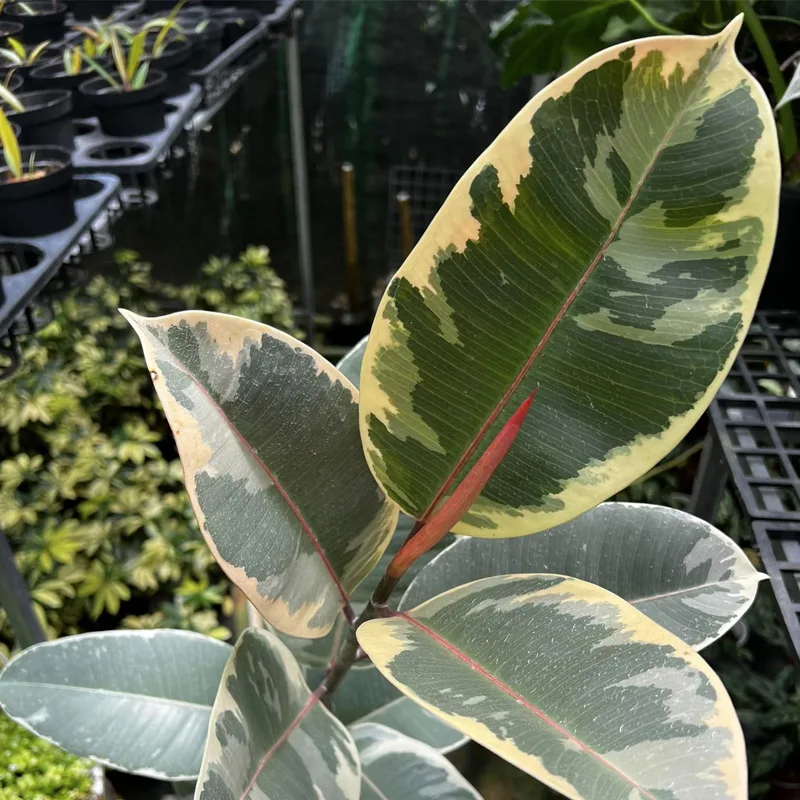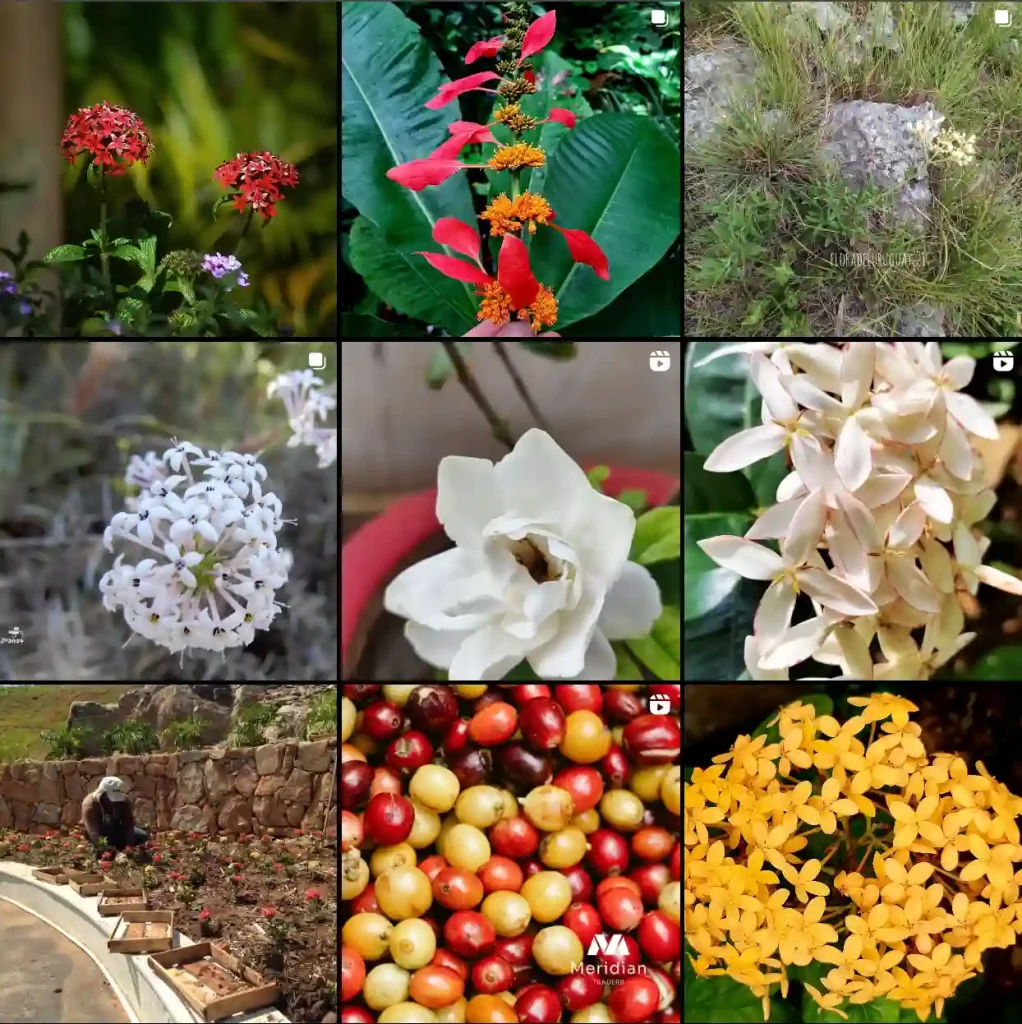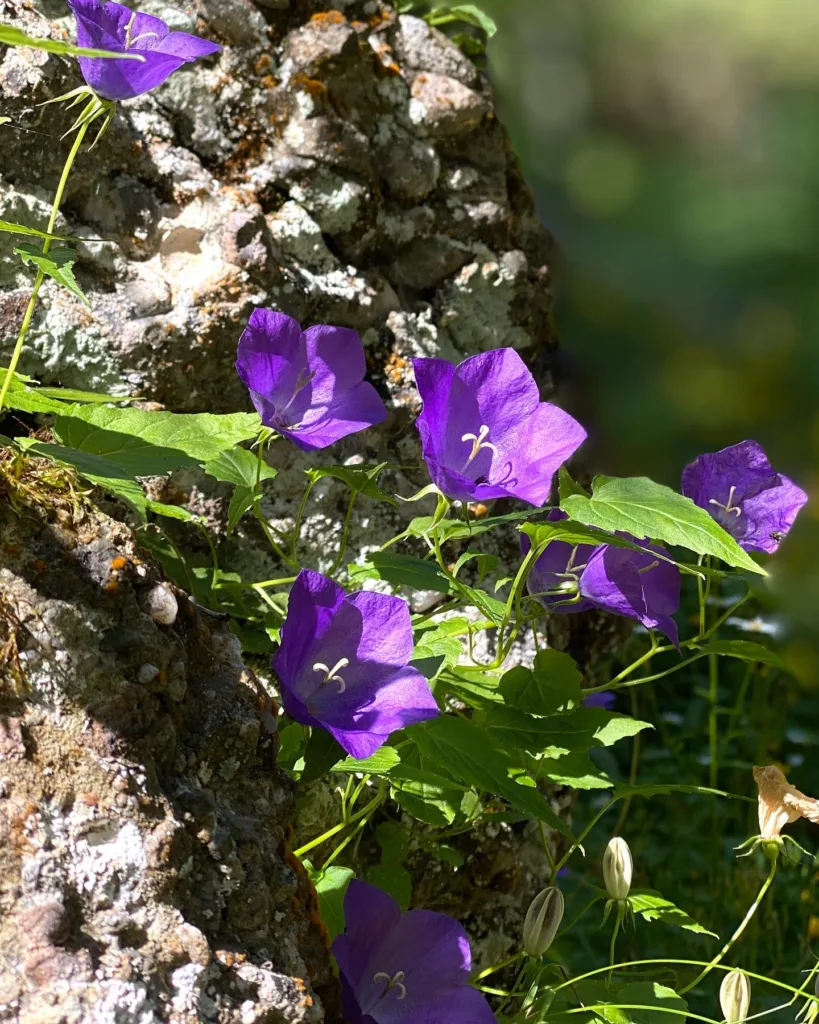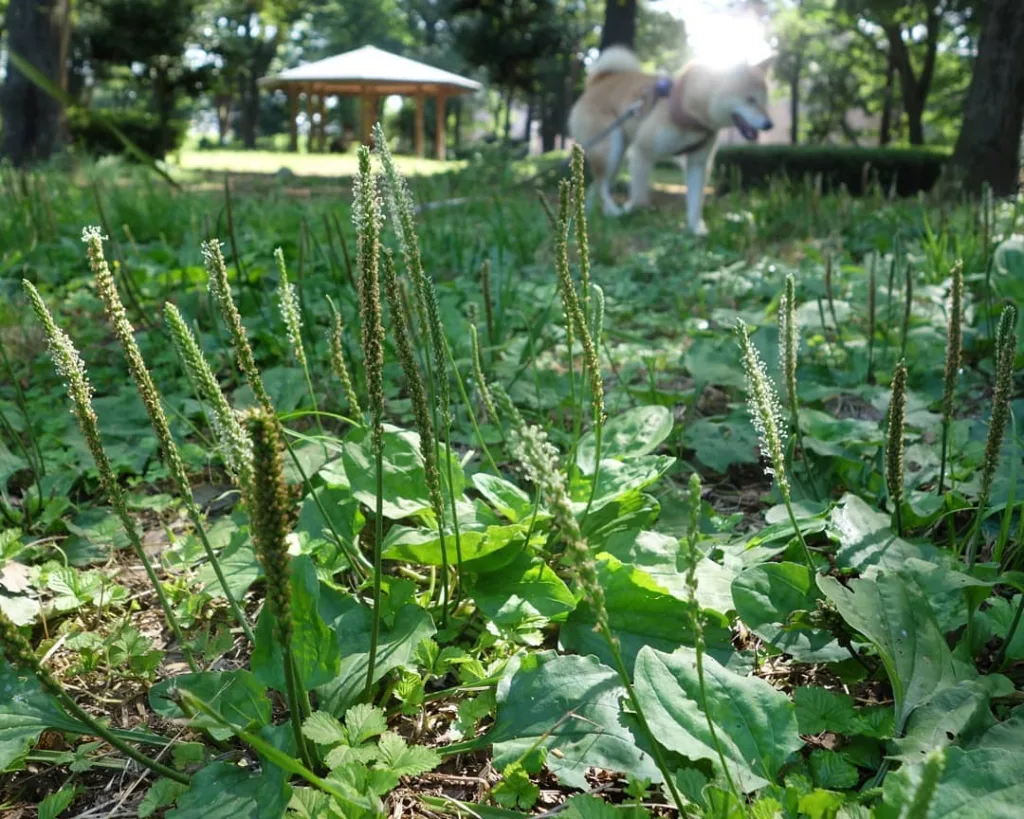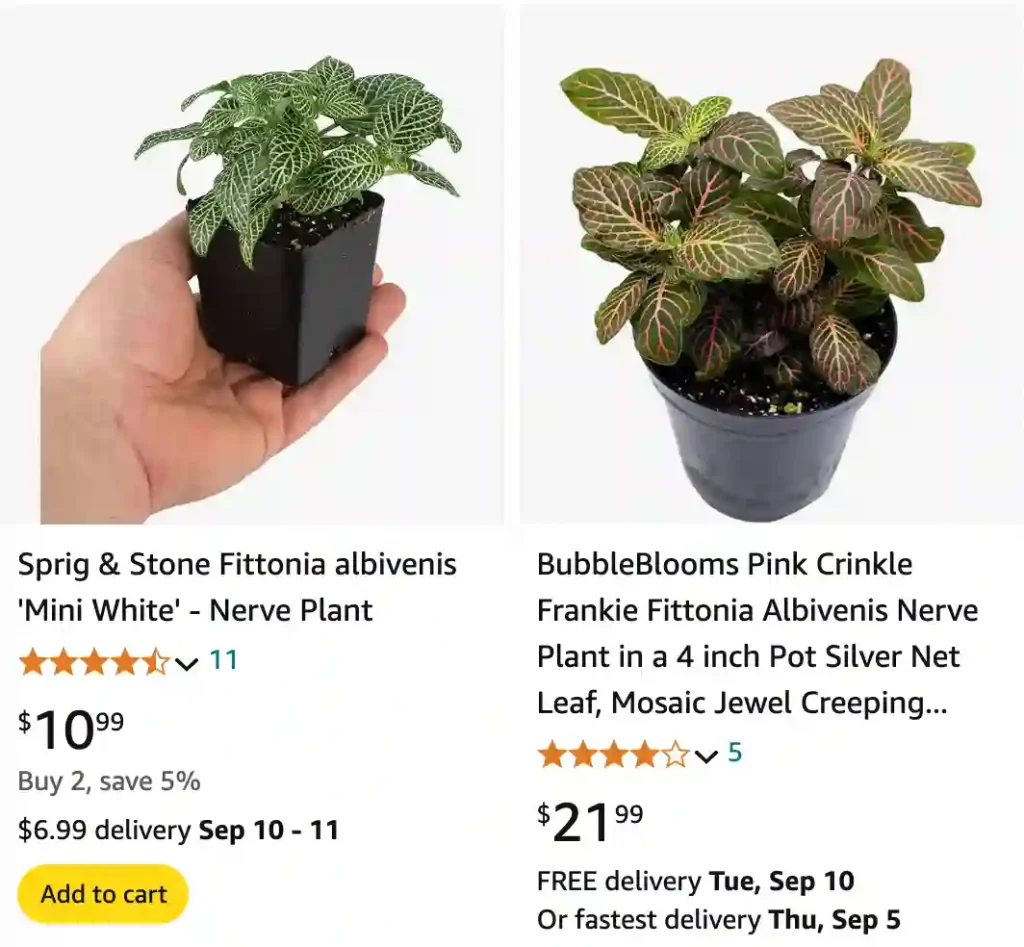
FAQs About Fittonia Albivenis
Fittonia Albivenis, also known as the nerve plant due to its striking, vein-like patterns on the leaves, is a popular choice for indoor gardening. With its vibrant colors and relatively easy care, it’s no wonder many plant enthusiasts, including myself, are drawn to this beauty. In this article, I’ll answer some frequently asked questions about Fittonia Albivenis, drawing from my own experiences and knowledge.
2 Species in Genus Fittonia
What is Fittonia Albivenis?
Fittonia Albivenis is a tropical perennial plant native to the rainforests of South America. It is prized for its vibrant, intricate foliage, which can come in various colors such as pink, red, white, and green. The veins of the leaves create a striking contrast with the darker leaf tissue, making it a standout plant in any collection. Its small size and preference for humid conditions make it perfect for terrariums and indoor pots.
How to Care for Fittonia Albivenis?
Caring for Fittonia Albivenis requires understanding its natural habitat. This plant thrives in high humidity and indirect light. Here’s how I care for mine:
- Light: Fittonia Albivenis prefers bright, indirect light. Too much direct sunlight can scorch its leaves, while too little light may cause the colors to fade. A north-facing window or a spot with filtered light is ideal.
- Watering: Keeping the soil consistently moist is key. I water my Fittonia Albivenis when the top inch of soil feels dry. It’s important not to let it dry out completely, as this can cause the plant to wilt. However, avoid overwatering, which can lead to root rot.
- Humidity: Since this plant loves humidity, I mist mine regularly, especially during the winter when indoor air can be dry. A humidity tray or a room humidifier also works wonders.
- Temperature: Fittonia Albivenis does best in temperatures between 60-80°F (16-27°C). Avoid placing it near drafts or air conditioning vents, which can cause stress.
How to Propagate Fittonia Albivenis?
Propagating Fittonia Albivenis is relatively straightforward, and I often do this to share plants with friends or expand my collection. The easiest method is through stem cuttings:
- Choose a healthy stem: Look for a stem with a few leaves and no signs of disease.
- Cut below a node: Using a clean pair of scissors, make a cut just below a node (the point where leaves attach to the stem).
- Root in water or soil: You can place the cutting in a glass of water until roots develop, which usually takes a couple of weeks. Alternatively, plant the cutting directly into moist soil. If rooting in soil, keep it consistently moist and provide high humidity.
How to Prune Fittonia Albivenis?
Pruning Fittonia Albivenis helps keep it looking neat and encourages bushier growth. I usually prune mine to remove leggy stems and maintain its shape. Use clean scissors to cut back any overgrown stems, ideally just above a leaf node. Regular pruning not only improves the plant’s appearance but also promotes new growth.
How to Pronounce Fittonia Albivenis?
Pronouncing botanical names can be tricky, but it’s part of the fun for plant enthusiasts! Fittonia Albivenis is pronounced as “fi-TOH-nee-uh al-bih-VEE-nis.” Getting the hang of these pronunciations helps in identifying and discussing plants with fellow enthusiasts.
Is Fittonia Albivenis Okay in Reptile Terrariums?
Yes, Fittonia Albivenis is a great addition to reptile terrariums! Its need for high humidity and low light makes it suitable for these environments. Plus, its non-toxic nature means it’s safe for reptiles, making it a favorite for those who love both plants and reptiles.
Is Fittonia Albivenis Poisonous to Cats?
One common concern for pet owners is whether Fittonia Albivenis is safe for their furry friends. Good news! Fittonia Albivenis is non-toxic to cats and dogs. I have a cat at home, and while she’s curious about my plants, I don’t have to worry about her nibbling on the Fittonia.
Fittonia Albivenis vs Verschaffeltii: What’s the Difference?
Fittonia Albivenis and Fittonia Verschaffeltii are often confused, but there are some differences. Both are varieties of the same species and share similar care needs. The main distinction lies in their leaf patterns and coloration. Fittonia Albivenis typically has more pronounced white or colored veins, whereas Fittonia Verschaffeltii may have more subtle veining with slightly different hues.
Where to Buy Fittonia Albivenis?
Fittonia Albivenis is widely available at local garden centers, nurseries, and online plant shops. I’ve found some of my best specimens at farmer’s markets and specialized plant stores. Online platforms like Etsy and Amazon also offer a variety of options, including rare color variants. When purchasing online, ensure the seller has good reviews to guarantee healthy, pest-free plants.
Common Problems with Fittonia Albivenis
Like any plant, Fittonia Albivenis can encounter a few issues. The most common problems are related to watering and humidity. Overwatering can lead to root rot, while underwatering can cause the plant to wilt. If you notice yellowing leaves, it might be a sign of too much water, whereas crispy, brown leaf edges typically indicate low humidity or insufficient watering. Regularly checking the soil moisture and maintaining proper humidity can help avoid these issues.
Can Fittonia Albivenis Grow Indoors?
Absolutely! Fittonia Albivenis is well-suited for indoor environments, provided it gets the right care. Its preference for indirect light and high humidity makes it a perfect fit for bathrooms, kitchens, or any other humid area. Even in drier rooms, with the help of regular misting and a humidity tray, this plant can thrive indoors.
In conclusion, Fittonia Albivenis is a delightful plant that adds a splash of color and texture to any indoor space. Its relatively easy care and non-toxic nature make it a favorite among plant lovers, including myself. Whether you’re looking to expand your collection or start a new plant hobby, Fittonia Albivenis is an excellent choice!
If i die, water my plants!
